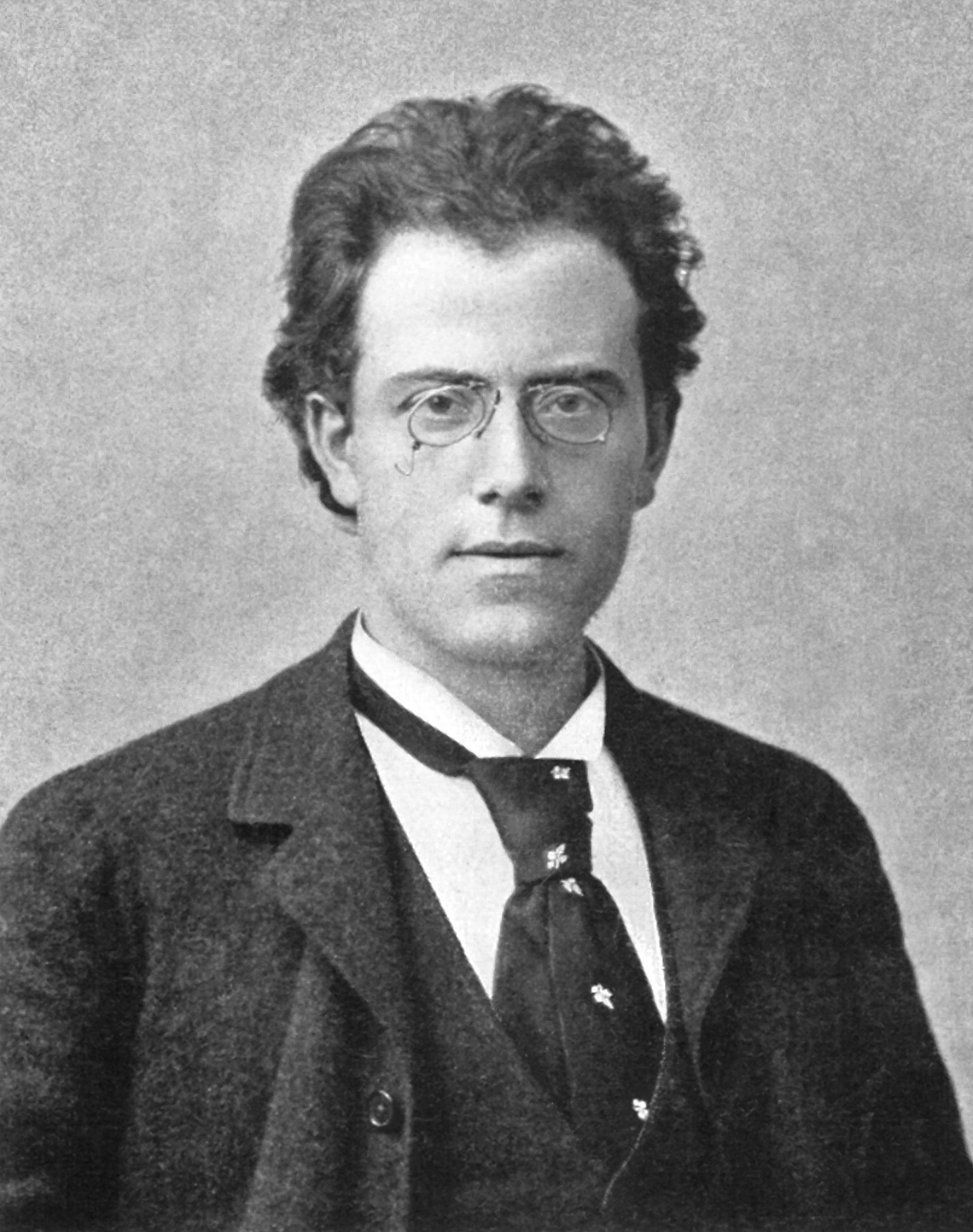Another pandemic casualty: intercity bus service. The Dubuque – Waterloo – Cedar Rapids – Marshalltown – Ames bus route shown on the 2015 map below is no more. When I called Burlington Trailways yesterday, they told me that this bus route will not be coming back after the pandemic. What a shame.

Not everyone who would like to ride a regional bus has no other transportation option, though that demographic is sizable and certainly needs to be served. Some of us like to ride a bus because we simply don’t want to drive long distances, especially alone. I lived in Ames, Iowa for nearly 30 years, and go back periodically to visit friends and family. I currently live in southwest Wisconsin, and prior to the pandemic, I was able to board a bus in Dubuque at 10:55 a.m. on any day, and would arrive in Ames on the same bus at 5:00 p.m., in time to pick up a rental car at Enterprise before they closed for the day. On the return trip, I could return the car in the morning, after Enterprise opened, board the bus in Ames at 9:45 a.m., and would arrive in Dubuque at 3:30 p.m. It was all very convenient.
Now, your only choice for using public transportation from Dubuque to Ames is the following:
- Board the bus at Dubuque at 3:50 p.m.
- Arrive at Davenport at 5:05 p.m.
- Layover at the Davenport bus station until 6:55 p.m. (1h50m)
- Transfer to a new bus and leave Davenport at 6:55 p.m.
- Arrive in Des Moines at 11:10 p.m., with a 20 minutes layover
- Transfer to a new bus and leave Des Moines at 11:30 p.m.
- Arrive in Ames at 12:10 a.m. (no rental car companies open at that hour of the night)
The return trip is even worse.
- Board the bus at Ames at 10:20 p.m.
- Arrive in Des Moines at 11:05 p.m.
- Transfer to a new bus at Des Moines
- Arrive in Chicago at 5:35 a.m.
- Transfer to a new bus in Chicago
- Leave Chicago at 6:30 a.m.
- Arrive in Davenport at 9:55 a.m.
- Transfer to a new bus at Davenport
- Leave Davenport at 10:10 a.m.
- Arrive in Dubuque at 11:25 a.m.
A parenthetical note about this trip. The eastbound bus arrives at the Davenport Flying J’s Travel Shop, 8200 Northwest Boulevard at 1:55 a.m. Instead of going on to Chicago, you could take a 16-minute cab ride the 7 miles to the Burlington Trailways bus station in Davenport at 304 W River Dr. and then wait at the bus station for the 9:55 a.m. bus to arrive that will take you on to Dubuque. Or rent a motel room to sleep for a few hours first.
This is crazy! Who would put up with this unless they were desperate and had no other travel option? Certainly not a good way to build demand for public transportation across a broader demographic, is it?
Public transportation has been underfunded for decades in the United States and it shows. We ought to be ashamed. We really do need a much better bus and passenger rail network, with good intermodal connections.
Sadly, there was not a single news article on the internet that announced or lamented the cancellation of the Burlington Trailways bus route from Dubuque to Ames (and beyond). I guess intercity bus service isn’t deemed newsworthy, as many bus passengers are considered to be second-class citizens at best.
Another sign of the times: neither the bus companies nor anyone else posts bus route timetables on the internet, and even the Amtrak ones are hard to find these days. They all want you to enter your origin and destination on their website, but what if you want a “big picture” timetable for the entire route? You’re usually out of luck.






